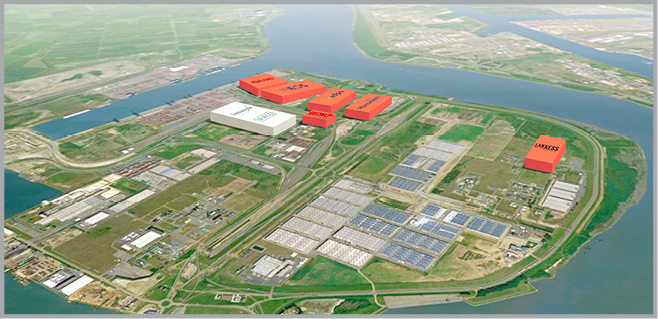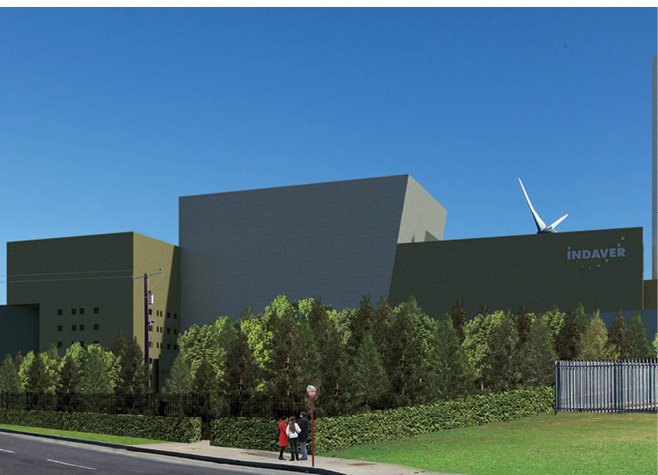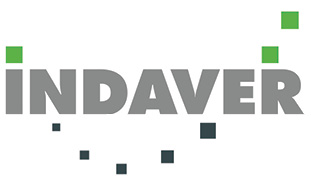
Investing in renewables
9th November 2016
Calculating the cost of solar
9th November 2016EU Energy Targets and a Renewable Heat Incentive


The message at COP21 in December 2015 was clear: the EU has committed to reducing GHG emissions by 40 per cent in 2030. This strong leadership from Brussels is welcome, as it will provide the support member states need to source energy from renewable resources and encourage energy efficiency, both of which are crucial elements in the wider goal of reducing GHG emissions and mitigating climate change.
Ireland’s Energy White Paper, also published in December 2015, reaffirmed Ireland’s obligations and outlined the proposed course of action to meet EU targets, including the 2020 renewable energy targets. An area requiring attention is the heating sector, which is currently carbon-intensive. In response to this, the White Paper has signalled the introduction of a Renewable Heat Incentive (RHI), to be rolled out in 2016. The Department of Communications, Climate Action and Environment is currently designing the RHI which should encourage the development of district heating networks.
As the heat market is unregulated with insufficient guarantees around future heat sales, an incentive in the form of a capital grant is necessary to encourage development. An RHI will play a crucial role in the development of district heating networks that will help Ireland to meet its EU climate and energy targets.
Potential for district heating in Ireland: Ringaskiddy, Co Cork
Indaver’s proposed waste-to-energy facility in Cork has the potential to supply a heating network distributing heat to large scale industrial users; such a district heating network could play an important role in meeting Ireland’s future EU targets. Designed with a 240,000 tonne per annum waste recovery capacity, the waste-to-energy facility will have full flexibility to use the energy generated in the boiler as electricity or heat. Indaver’s site in Ringaskiddy is unique as it is within 2km of a number of significant industrial facilities with high constant heat process requirements.
In Antwerp Port, Indaver in conjunction with a number of industrial partners, has recently launched one of the largest industrial heat networks of its kind in Europe. A similar scheme in Cork would be a flagship project for the country. It could contribute up to 10 per cent of the renewable heat target as well as playing a role in meeting Ireland’s climate targets, but such a scheme requires an RHI.
Policy context: Renewable energy and reducing emissions
While the RHI was initially proposed in response to Ireland’s renewable energy (RES) targets for 2020, policy-makers have an opportunity to design a mechanism geared towards our demanding 2030 national obligations for emissions from agriculture, heat and transport. The European Commission’s Effort Sharing Regulation has proposed member state targets to contribute towards the EU-wide goal of reducing GHG emissions. While emissions from power-generation and heavy industry fall into the Emissions Trading Scheme (ETS), agriculture, heat and transport emissions are non-ETS. This means that national governments are responsible for ensuring these targets are met.
The proposed Effort Sharing Regulation does nod to the difficulties in using GDP per capita to allocate national targets by providing some flexibility to offset pollution. Member states will be able to get credit from trees and use emissions allowances from the ETS. However, despite this, Ireland’s national target of 30 per cent is particularly challenging, as 75 per cent of our emissions stem from agriculture, heat and transport. This is in comparison to an average of 55 per cent across the EU. Furthermore, when it comes to reducing emissions from the three non-ETS sectors, the solutions for agriculture and transport may be more complex than for heat, which could be the low-hanging fruit of the three. The right policy response for heat will avoid unnecessary costs whether being borne by the Irish Exchequer, or passed onto taxpayers and consumers.
If we fail to meet our EU obligations as regards renewable energy or emissions-reduction, the SEAI has warned of the potential for very large financial liabilities in the form of fines or the need to purchase scarce credits. The rationale for an Exchequer-funded RHI is clear. In order to encourage development without distorting the energy market, the RHI should apply at the point of energy production and at the point of consumption, such as a heating network.
Examples of heating networks: Ecluse in Antwerp Port
Ecluse’s project to deliver steam to six large industrial users within the Antwerp port area may offer a useful model when considering how an RHI could incentivise district heating in Ireland. Ecluse is a joint venture company between Indaver and two other organisations. Ecluse will design, build, and operate the pipeline network from Indaver’s existing waste-to-energy facility. The total CAPEX spend on Ecluse’s district heating network is €25 million, €10 million of which comes from a government grant accessible to projects with environmental benefits costing more than €3 million. The estimated carbon savings are 100,000 TPA, equivalent to the carbon savings of 50 wind turbines (2.3MWe).

The €10 million capital funding was allocated in part towards Ecluse and in part towards the industrial customers for them to purchase capacity rights for at least 10 years on the transport network. Capacity rights entitle the customer to withdraw heat at exit points on the network. By purchasing such rights over a fixed period of time (e.g. 10 years), the customer is effectively paying a fixed upfront fee toward the development of the network which provides greater certainty toward the efficient use of the network. At the same time, an incentive in the form of a capital grant provides the certainty required for upfront investment by the private sector.
The division of funding between Ecluse and the industrial customers met the grant funding objective of encouraging collaboration between companies on such large projects. It also, critically, provides a link between the grant funding and output from the network. Further funding came from a dedicated grant funding scheme for heating networks administered by the Flemish Department for Budget, Finance and Energy.
Alternative RHI structure: Operational subsidy
A two-component operational subsidy could be an alternative structure for an RHI. This operational subsidy would be based on fixed and variable elements. The value of the fixed element would be connected to the cost of developing the infrastructure. The value of the variable element would be connected to the carbon savings. Under this proposal, support would not be technology specific.
An opportunity for Ireland
Regardless of its structure, an RHI should provide an incentive for the displacement of fossil fuels and thus a significant reduction in carbon emissions. The introduction of a subsidy that facilitates investment in heating networks will provide the opportunity for greater deployment of renewable heat, thus reducing both carbon emissions and energy costs for consumers. Further, many of the blue chip companies operating in Ireland are already moving towards de-carbonisation. Ireland’s policy-makers are currently in a position to design a mechanism that will shape Ireland’s response to climate change for the next decade and beyond. The right policy response will not only allow us to meet our EU obligations, thus avoiding heavy penalties. It will also foster the move towards a low-carbon society at a price consumers can afford.
For further information please contact:
Catherine Joyce-O’Caollai or
Holly McIndoe
catherine.joyce.ocaollai@indaver.ie or holly.mcindoe@indaver.ie
Tel: +353 1 280 4534
Web: www.indaver.ie

